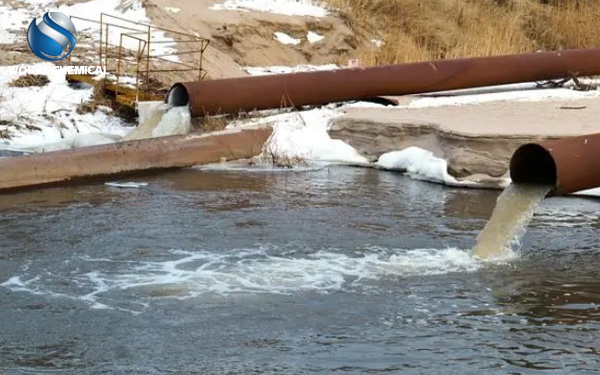
There are many methods of sludge conditioning in sewage treatment plants, and the following are some commonly used methods:

Chemical conditioning:
Coagulants: Add inorganic coagulants (such as aluminum salt, iron salt) or polymer coagulants (such as polyacrylamide PAM) to improve the dewatering performance of the sludge. These coagulants can electrically neutralize the colloidal particles in the sludge, so that it can be destabilized and form a large floc, which is convenient for the subsequent solid-liquid separation.
Coagulant aid: coagulant aid itself generally does not have coagulant effect, but can adjust the pH value of the sludge, supply the skeleton of the sludge with a porous grid, change the structure of the sludge particles to destroy the stability of the colloid, improve the coagulant effect, and enhance the strength of the floc. Common coagulants are diatomite, pearlite, acid clay, sawdust, sludge incineration ash, power plant dust, lime and shell powder.
Heat treatment method:
The sludge is heated to reduce its moisture content. The high temperature pressure heat treatment method is usually carried out under the conditions of 170 ~ 200℃ and 1.0 ~ 1.5MPa, while the low temperature pressure heat treatment rule is carried out under the conditions of 1.0 ~ 1.5MPa at a temperature below 150℃ (which can be operated at 60 ~ 80℃). Heat treatment can significantly improve the stability and dewatering of sludge, and also has the functions of disinfection and deodorization.
Biological conditioning:
Microorganisms are used to decompose organic matter in the sludge, thereby reducing the amount of sludge and improving its dehydration characteristics. This method is generally more environmentally friendly, but requires a longer processing time.
Mechanical conditioning:
Use mechanical methods such as centrifugation, pressure filtration, etc. to separate solids and liquids from the sludge. This method is more efficient, but may require a large energy input.
Electrical conditioning:
The electric field is used to change the charge characteristics of the sludge particles, so as to promote the polymerization and settlement of the sludge particles.
Freezing method:
When colloidal particles begin to freeze, with the development of the freezing layer, the particles are compressed upward and concentrated, and the water is squeezed to the freezing interface. The freeze-melting process can completely destroy the structure of the sludge particles and greatly improve the dewatering performance.
Different conditioning methods are suitable for different types of sewage treatment plants and sludge characteristics, and selecting the right method can significantly improve the efficiency and quality of sludge treatment. In practical applications, the appropriate conditioning method can be selected or a combination of various conditioning methods can be used according to the nature of the sludge and the requirements of subsequent treatment.